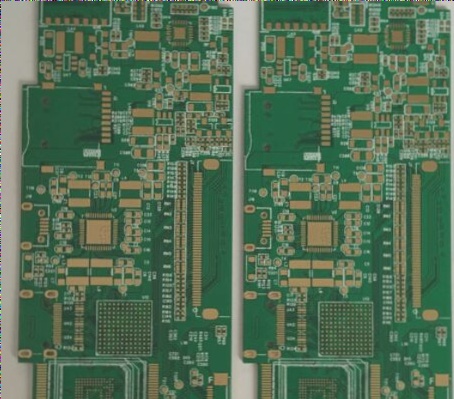Enhancing Automotive PCB Manufacturing Practices
Automotive PCB circuit boards prioritize high reliability and low DPPM (Defective Parts Per Million). It is crucial for companies to possess the necessary technological expertise and experience for manufacturing high-reliability PCBs. Evaluating past achievements in maintaining low DPPM and adhering to quality standards like TS16949 is essential for future product development.
Special Testing Practices for Automotive PCBs
- Second Test Method: Some companies use a “second test method” post initial high-voltage breakdown to improve defective board detection.
- Foolproof Testing System: Integrating systems like a “good board marking system” and a “bad board error prevention box” in light board testers can prevent human errors effectively.
- PPM Quality System: Implementing a Parts per Million defect rate quality system, like Hitachi Chemical in Singapore, aids in statistical analysis for targeted process improvements.
- Comparative Testing Method: Conducting comparative tests on different PCB batches helps in selecting the most effective tester for automotive PCBs.
- Enhancing Test Parameters: Using higher test parameters, such as elevated voltages and thresholds, improves defective board detection rates significantly.
- Regular Parameter Checks: Periodic maintenance and recalibration of testing machines are crucial to ensure test accuracy and work towards achieving “zero defects” in automotive PCBs.
The pursuit of reducing PPM in automotive PCB manufacturing remains a top priority for the industry. Continuous innovation is key for companies to overcome equipment and material limitations and strive for perfection in their products.



 العربية
العربية 简体中文
简体中文 Nederlands
Nederlands English
English Français
Français Deutsch
Deutsch Italiano
Italiano 日本語
日本語 한국어
한국어 Português
Português Русский
Русский Español
Español ไทย
ไทย